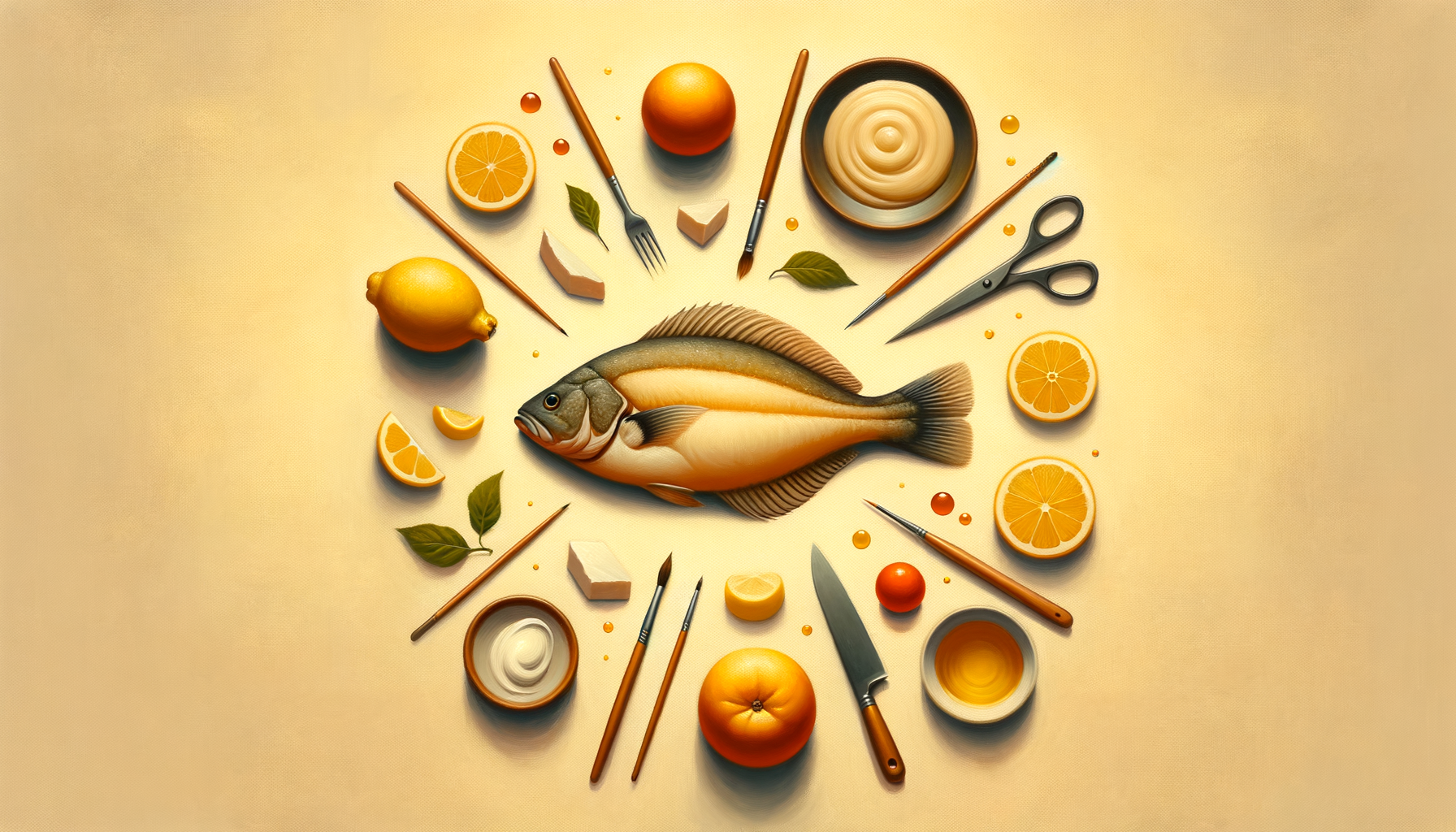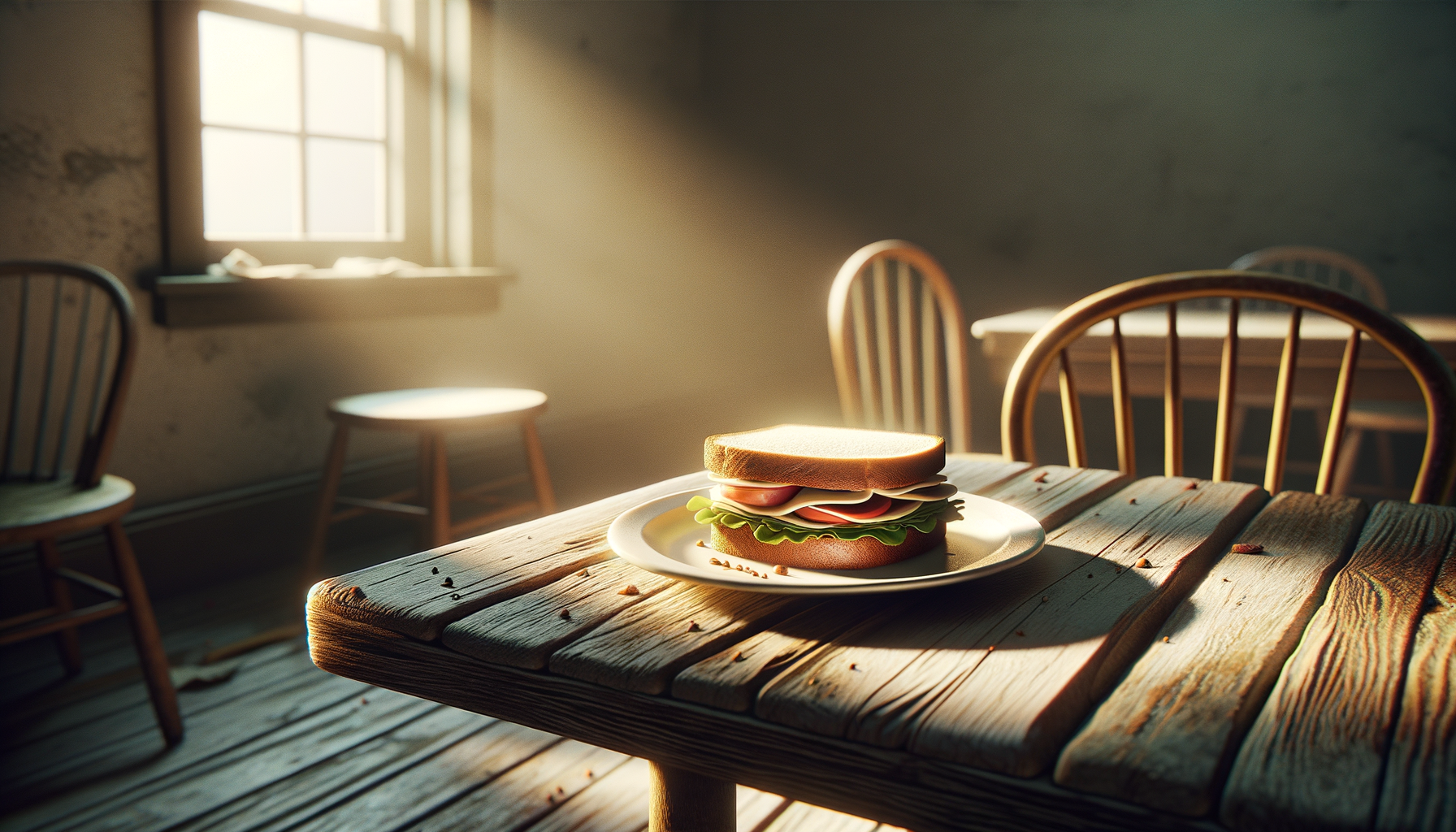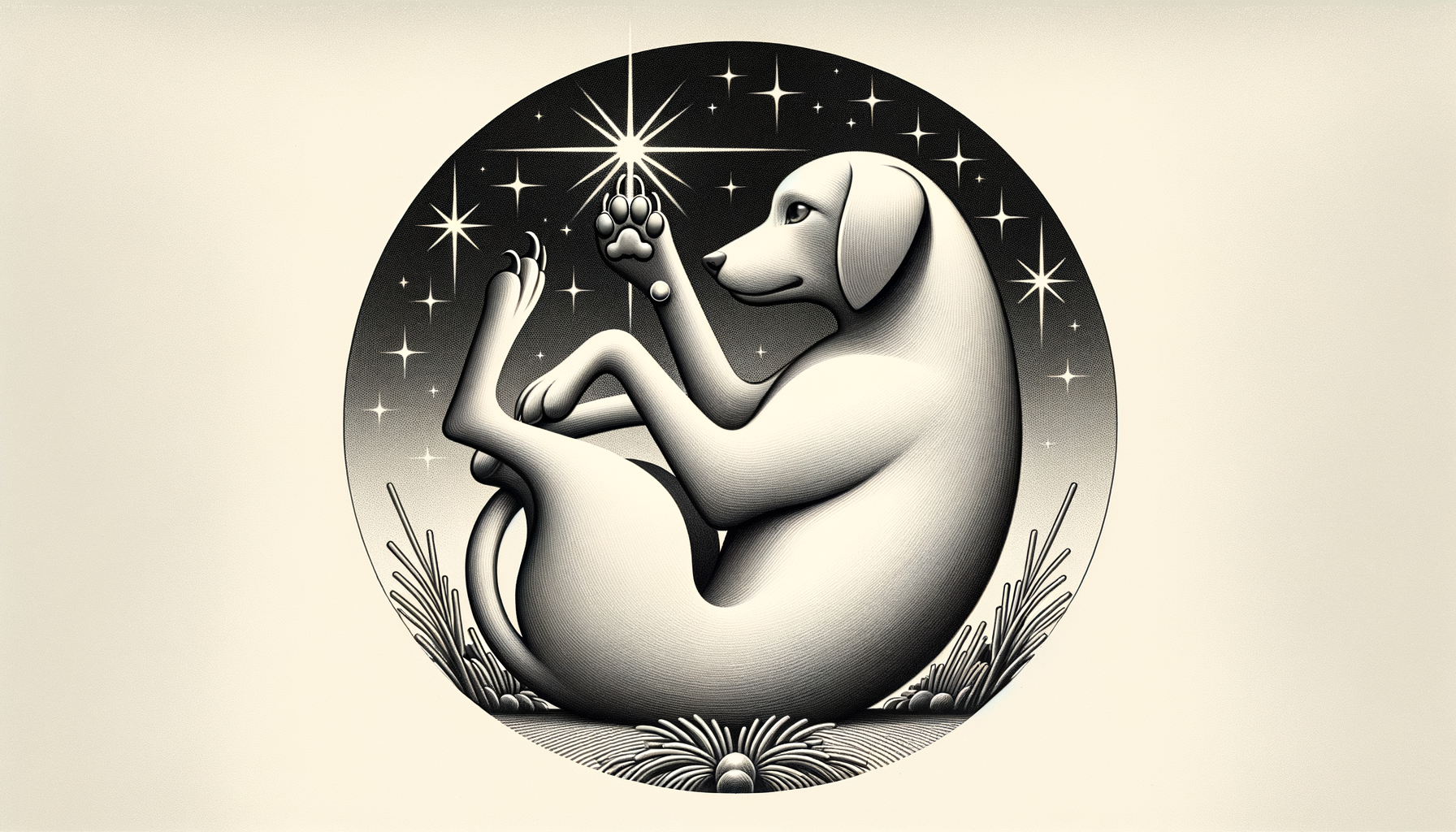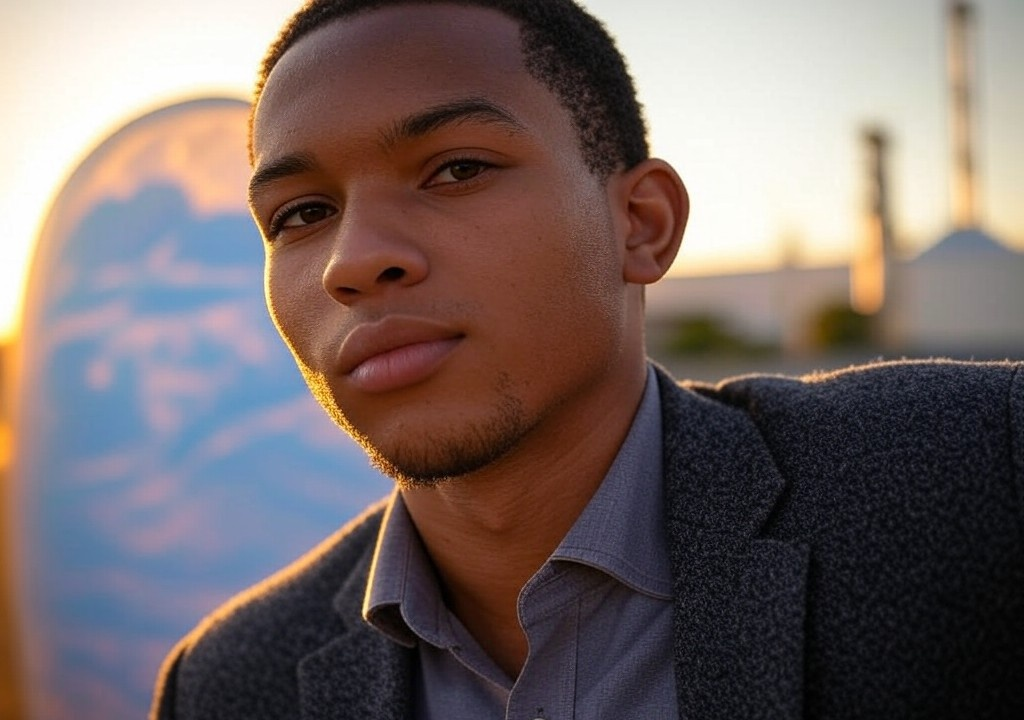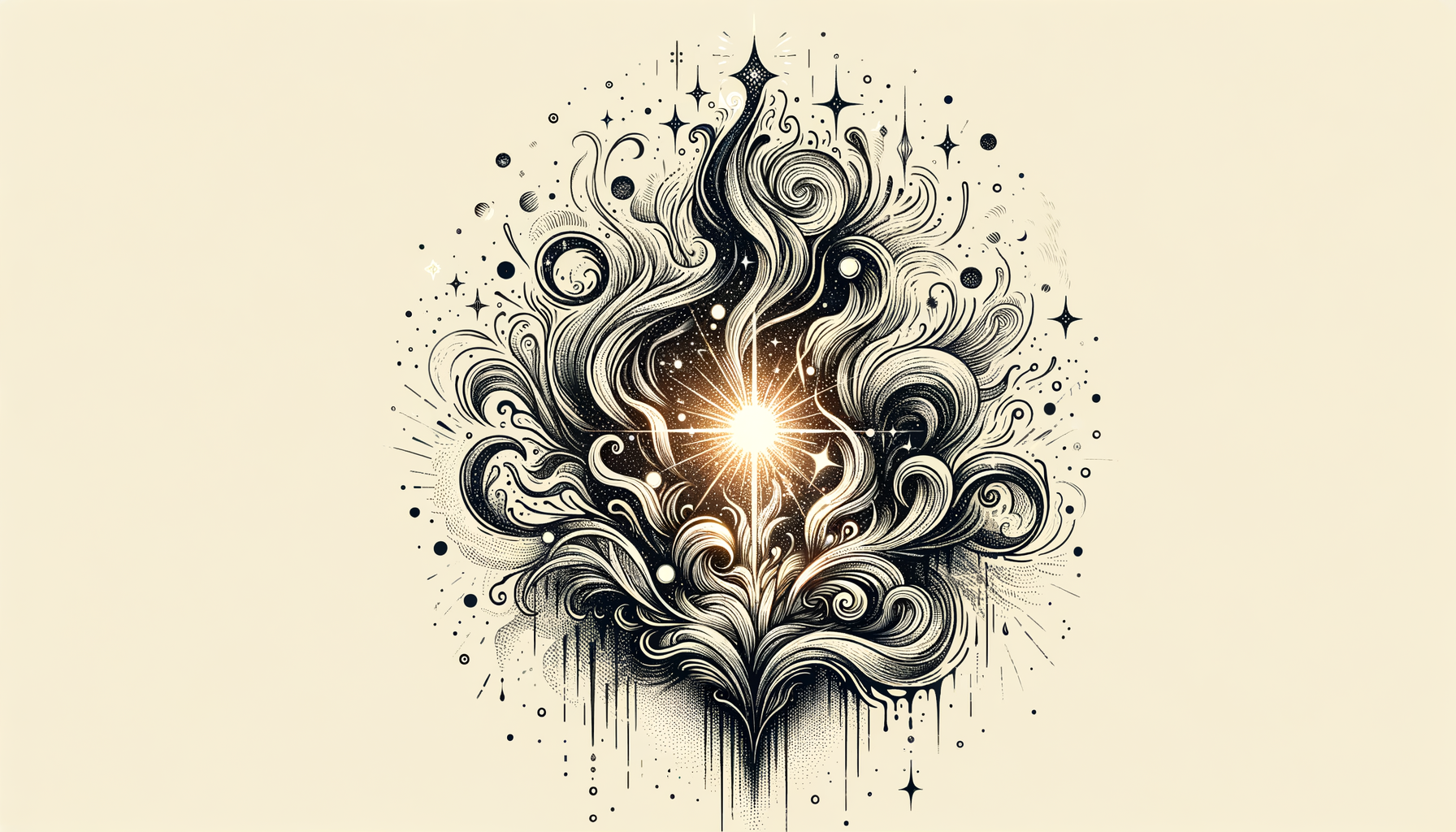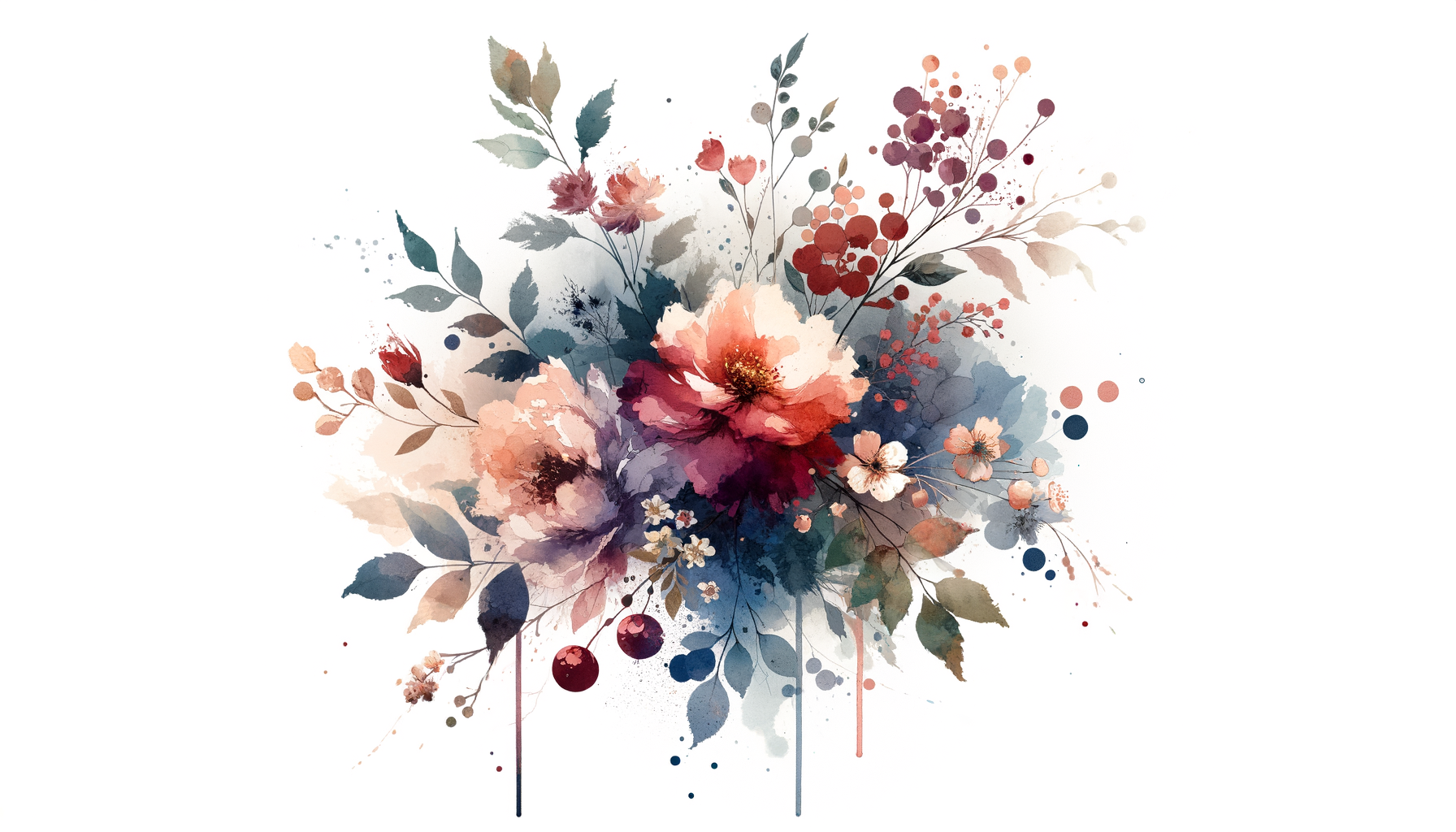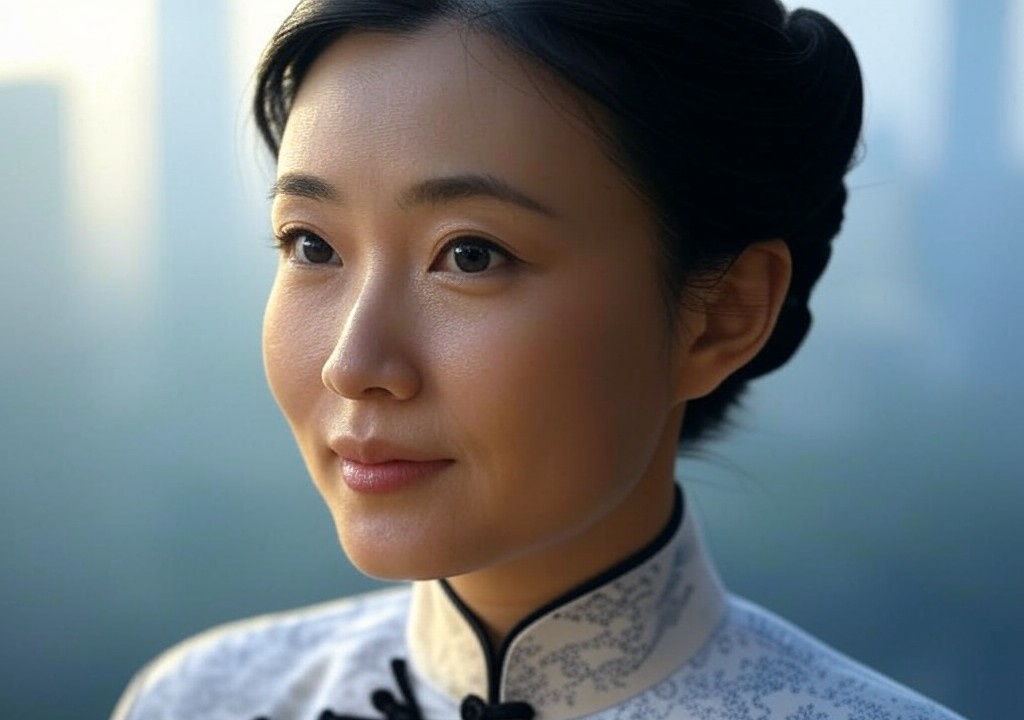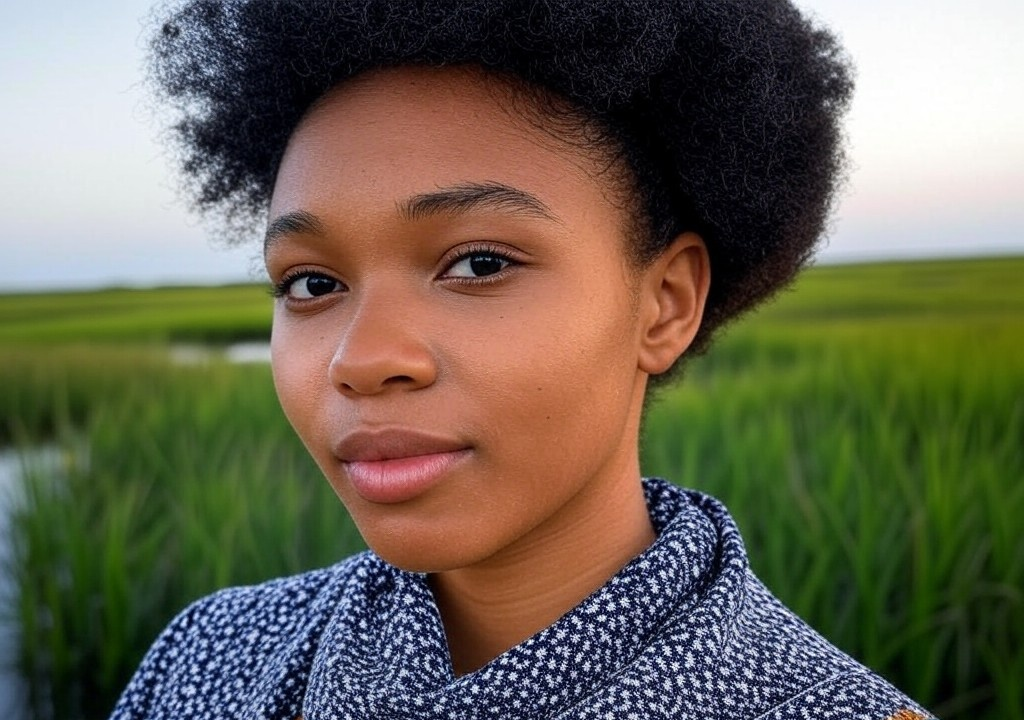The first time I felt truly seen wasn’t under the soft haze of candlelight on a date, nor was it during a grand declaration of love. No, it happened at a family fish fry in the sticky heat of a Savannah summer. Picture it: the smell of fried flounder mingling with the tang of salt air, Spanish moss hanging like a drawn curtain over clinking mason jars of sweet tea. It was the kind of evening where everything seemed golden—but not because it was perfect. It was golden because it was real.
The Upside of Being a Puzzle Piece
To backtrack, I’ve always felt like an odd puzzle piece in a set that doesn’t quite match. My childhood friends in Savannah seemed effortlessly graceful, mastering debutante spins and knowing instinctively how to angle their pearls just right. Me? I was the one breaking off to explore crumbling historic graveyards, pressing faded camellias into books, and wondering if anyone else thought Hoyt House looked haunted (spoiler: it is).
As I got older, there were relationships where I tried—earnestly but fruitlessly—to fit into someone else’s picture. Inevitably, I’d end up stifling parts of myself, swallowing down that urge to tell a story about how ivy can crack open any foundation if given enough time. I wasn’t sure if I’d ever meet someone who’d meet me back in that same quirky, oddly specific space.
That One Fried Flounder Moment
Enter the fish fry. The setting itself was home—my cousins shouting over cornmeal breading, my dad arguing about the merits of cedar planks for grilling. And then there was Sam, a guy I’d been gingerly dating for about a month. He was polite but quiet, which, frankly, I assumed was because he was scared of my loud, boisterous family (a fair concern).
As I often do when I’m feeling a little awkward, I launched into an impromptu, highly unnecessary explanation of the history of Lowcountry cooking—including the fascinating symbolic importance of shrimp and grits. Mid-sentence, I caught myself and laughed nervously. “Sorry—deep dive. I tend to nerd out about stuff like this.”
Sam didn’t miss a beat. “No, I get it,” he replied, offering me a knowing smile. “You’re like one of those markers on historic homes—‘On this site, something fascinating happened.’ You can’t just walk by without wanting to know more.”
Y’all, that man compared me to a plaque. A plaque. And I found myself blushing, not from embarrassment, but because for the first time, someone wasn’t trying to gloss over the very thing I’d always assumed made me ‘too much.’ He saw the quirky, history-loving side of me and celebrated it—cornbread crumbs on his shirt and all.
The Slow Art of Actually Being Yourself
Here’s the thing about feeling “seen”: it’s equal parts liberating and terrifying. It requires stepping out from behind the version of yourself you've carefully curated for the world. For me, that version looked clean-cut and polished—Celeste the polite Southern belle with a penchant for neat, floral phrases. But the real me? She’s messier, prone to spilling her tea (both literally and figuratively), and occasionally obsesses over whether Indigo Girls lyrics could double as life advice.
If you’re wondering how to sidestep the exhausting act of molding yourself into someone else’s idea of “perfect,” here are a few lessons I’ve learned about embracing your truest self (fried flounder and all):
-
Stop Prefacing Your Personality. How many times have you apologized for being “too analytical,” “too emotional,” or—guilty in my case—“too into weird historical tangents”? Leading with self-deprecating disclaimers dims the light of what makes you, you. Instead of saying, “Sorry, I know this is random,” start with “You’re going to love this…”
-
Share Stories That Matter. There’s a vulnerability in using personal details to connect, but it’s also where true connection blooms. Is your story about an obscure family tradition, the first ghost tour you ever led, or a completely botched attempt to bake cornbread from scratch? Tell it. These small specifics are breadcrumbs that lead people to the heart of who you are.
-
Listen for Recognition, Not Agreement. When someone compliments or echoes your uniqueness, don’t deflect. Sam didn’t have to know where grits came from (though now he does, bless his heart), but leaning into my passion instead of letting it pass showed me this relationship had room for my whole self. Look for people who lean in.
What Does It Mean to Be Truly Seen?
We talk about being “seen” as if it’s a singular moment—but it’s more a continuous unfolding. It happens when you stop trying to shrink yourself or blur out your sharp edges. It’s realizing that the right people won’t just tolerate your quirks—they’ll treasure them, like heirloom silver polished to a gleam.
Of course, being seen is also reciprocal. Sam may have validated my historic-home-plaque vibe, but I also came to appreciate his quiet, stabilizing energy—the grace with which he handled my family’s loudness, and how he could make anyone feel at ease without saying much. This mutual recognition created something far more powerful than any fleeting spark. It created trust.
So, What’s the Takeaway?
Whether you’re sitting at a fish fry with the smell of hush puppies in the air or on a second date over lukewarm coffee, the right interactions feel like a deep exhale—the relief of someone meeting you as you are. Not as you wish you were, not as you think they want you to be, but as the layered, intricate person you already are.
The funny thing is, authenticity works like one of those molasses-based marinades my grandma used to make: messy, soulful, slow. But when given time, it creates something unforgettable.
So here’s my advice for anyone who’s waiting for their fried flounder moment: let people see the places where your paint has chipped. Embrace the tangents, the flaws, the oddly specific trivia. Because when you show your whole self, you invite others to do the same. And isn’t that what real connection is about?



